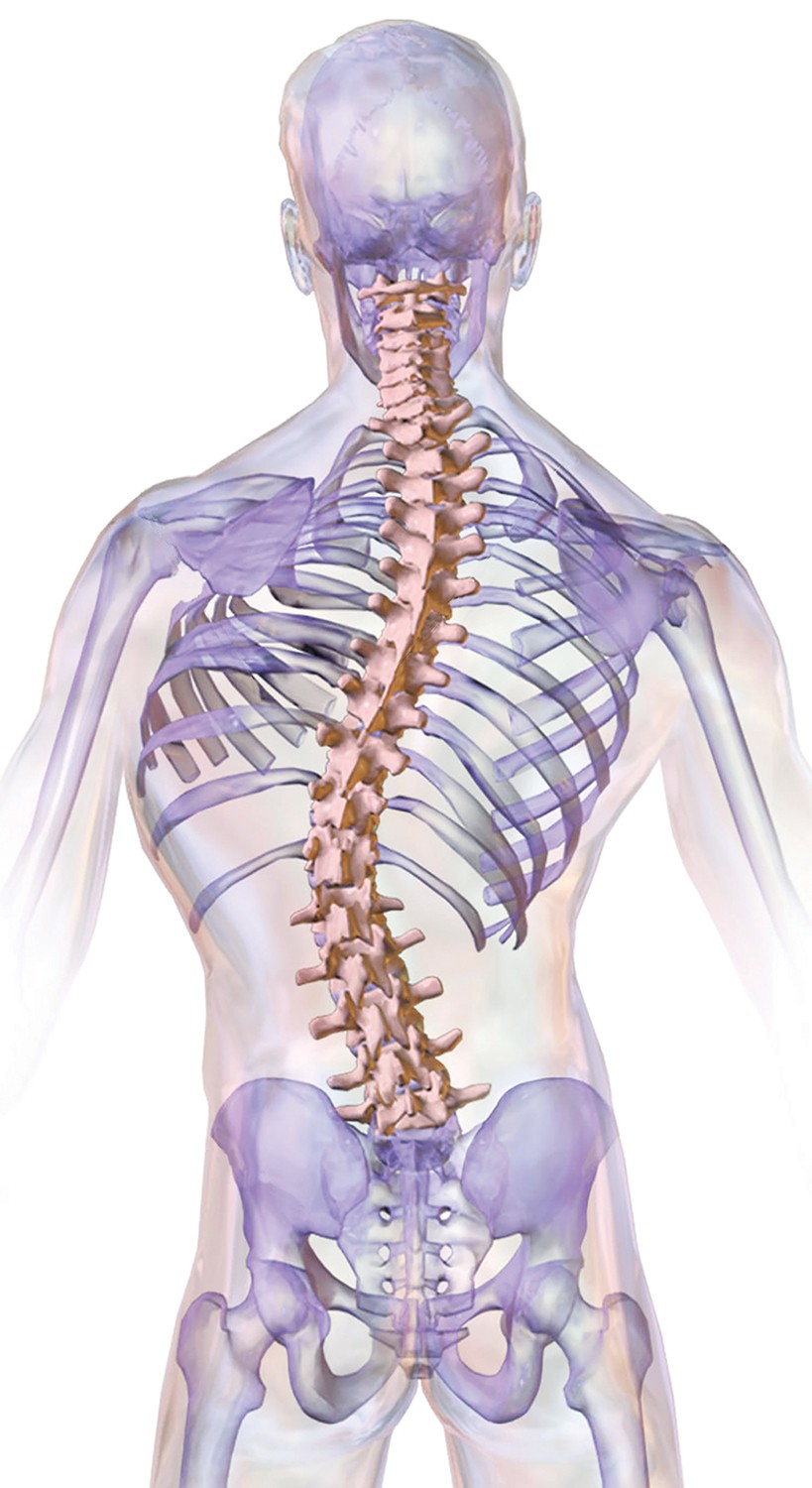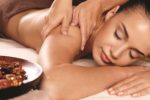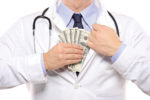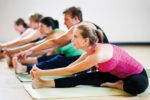Scoliosis
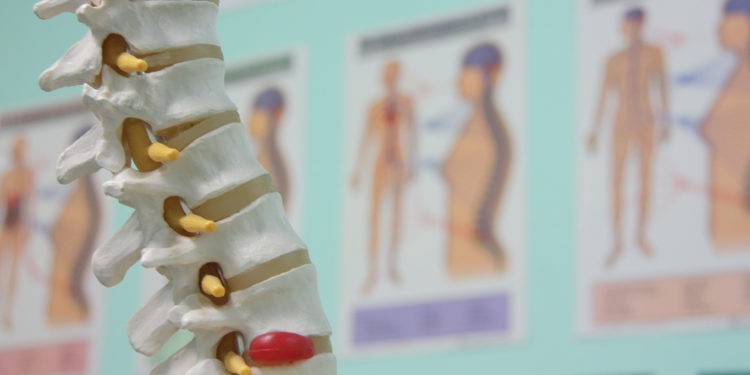
Early Detection is Critical!
June is Scoliosis Awareness Month, and as it is not widely common — affecting only two to three percent of Americans — many do not know the signs, symptoms or causes of the spinal abnormality. However, for those who have (or know someone who has) scoliosis, early action can potentially reduce its advancement.
Scoliosis is not a disease itself, rather a disorder in which the spine takes on an S-shaped or C-shaped curvature of more than 10 degrees. In some patients, there may be a noticeable “rib hump” on one side of the body.
“The first step is always to determine the underlying cause,” says William O. Reed Jr. M.D., a spine surgeon in Overland Park, who specializes in orthopaedic and minimally invasive spine surgery. .
First, is it genetic? “There are certain genetics,” affirms Dr. Reed, “but it’s not absolute, not a strict inheritance.”
Often — as in 80 percent of cases — there is no identifiable reason for the curvature. This is called idiopathic scoliosis and it is the most common.

Some causes can be identified, and they break down into two categories: nonstructural scoliosis, which is a temporary spinal curvature caused by muscle spasms and inflammation and can be rectified by finding and treating the source; and structural scoliosis, which affects the structure of the spine and can be caused by traumas, tumors, defects and neurological disease.
Adolescents, in particular, are most prone to the disorder, which often occurs during their growth spurt, between the ages of 8-18.
Dr. Bradley Woodle, a chiropractor in Overland Park, points to a number of bodily traumas from in utero to learning to crawl and walk to some early research finding damage from walkers and jumpers.
Injuries at any age can be suspect in some cases, too, such as when you fall on one hip and your body overcompensates on the other side to avoid pain, thus creating an imbalance that can lead the spine to curve.
In middle age, proper posture becomes critical as bone mass changes.
However, scoliosis in adults is most often the result of degeneration of the joints in the spine, starting after age 50.
“Disk degeneration is a different animal than pediatric scoliosis,” Dr. Reed notes.
The breakdown typically happens slowly over time as the individual ages. Though many cases go undetected, one study estimates that 60 percent of the population over age 60 has at least mild degenerative scoliosis.
Does Scoliosis Hurt?
A curvature of the spine does not necessarily mean a patient has any pain or discomfort at all.
That usually comes from the inflammation of the joint or the impingement of the nerves that cause symptoms such as dull aches or stiffness in the middle to lower back; shooting pains or tingling/numbness down the buttocks and legs.
Yellow flags present themselves in minor annoyances: always dragging one pant leg; a shirt or purse that hangs off; one arm that hangs farther out from the body; or one shoulder that is lower than the other.
Getting an Evaluation
School screenings offer an effective and simple measure for early detection in children.
Dr. Reed explains: “If you bend over and there is a hump where the rib cage sticks out, that’s a sign. The back should be level. If you drop a book or folder placed on the back because of a tilt, you need to see a physician to find out if it deserves an X-ray.”
Similarly, adults can get an postural analysis, preferably, notes Dr. Woodle, “only by someone who touches a spine daily.”
With a Cobb angle between 10 and 20 degrees, patients can manage their scoliosis through conservative means. Between 20 and 40 degrees becomes concerning and requires regular monitoring and interventions. A curvature of more than 40 degrees can start to impinge on nerves and put pressure on organs.
Fortunately, four out of five patient cases have less than 20 degree curvature, which is no real cause for concern, or even treatment beyond observation, unless the curve progresses. The nature and severity of its degree come into play, but X-rays taken every three to six months can monitor the situation. Patients can be observed for years for signs of a worsening condition.
The most important group for close examination is adolescent girls who have a curvature of 25 degrees or more and have not yet had their first period. They grow quickly in the 12 months preceding menstruation, and their curvatures can progress rapidly.
“Everybody agrees — no matter which profession they are in — that early detection is critical,” says Dr. Woodle. He would like to see a new era in which kids get checked as early as when they learn to walk and rechecked regularly just like people do with their eyes and teeth.
Wikimedia Commons and Blausen.com staff. “Blausen gallery 2014”. Wikiversity Journal of Medicine.
What to Do with a Diagnosis
Whether it’s adolescent or adult-onset scoliosis, patients can choose to be proactive. Physical therapy, chiropractic care, acupuncture and alternative therapies (such as decompression therapy, belting and advanced traction therapy) are a few interventions patients can take to try to slow or stop the curvature of their spine.
“For the best care, you want a combo of chiropractic care, therapy and exercises,” says Dr. Woodle.
With curvatures of less than 10 degrees, chiropractors using multiple means can get excellent results.
“We know when patients seek chiropractic care, they have results of less pain and stabilization in curvature. Not all the time,” Dr. Woodle is careful to add, “because there are different categories.”
Bracing can be especially helpful in stabilizing kids going through a growth spurt, although Dr. Reed notes that many kids reject wearing the external brace because of the stigma. (Adults, too.)
Although these measures can slow or stop progression of aggressive scoliosis, they cannot cure it. The only reliable final result for some severe-case patients may be surgery, if follow-up X-rays do not show either stabilization or progress in the right direction.
“Intervention is needed if the curvature progresses,” says Dr. Reed.
A conservative physician who seeks minimal intervention, Dr. Reed says if scoliosis is giving a patient a mild degree of discomfort with only an occasional pain pill needed, he’d argue for no surgery.
“If the pain is associated with disability and you can’t do what you want to do or have to do, then surgery is an option,” says Dr. Reed. “But if you’re already doing what you want to and have to, how can we improve on that, is the question.”
But he draws a line at a certain point. “The reason for surgery is clear: nerve compression from pain.”
He also advises that once progression is clear, the longer a patient waits to have surgery, the less likely he or she will be to have an optimal outcome.
In recent years, surgical techniques have become less invasive, but they still require the use of rods and pins to straighten the spine. “There is less scaring and less pain, while the outcome is still the same,” says Dr. Reed.
Post Surgery
For those getting up off the operating table, life can resume with its schedule and find some normalcy after the bone grafts have healed.
“Post-op exercise and activity level will need to be performed under the direction of the surgeon because you have to balance proper healing,” Dr. Reed says.
Some patients worry that the hardware will be visible or, worse, cold. But Dr. Reed assures that fat, skin and muscle do a good job of concealing the instrumentation and that it will always remain body temperature.
With time, the body is rehabilitated and life gets on “pretty darn well,” says Dr. Reed.
Meet the Physicians
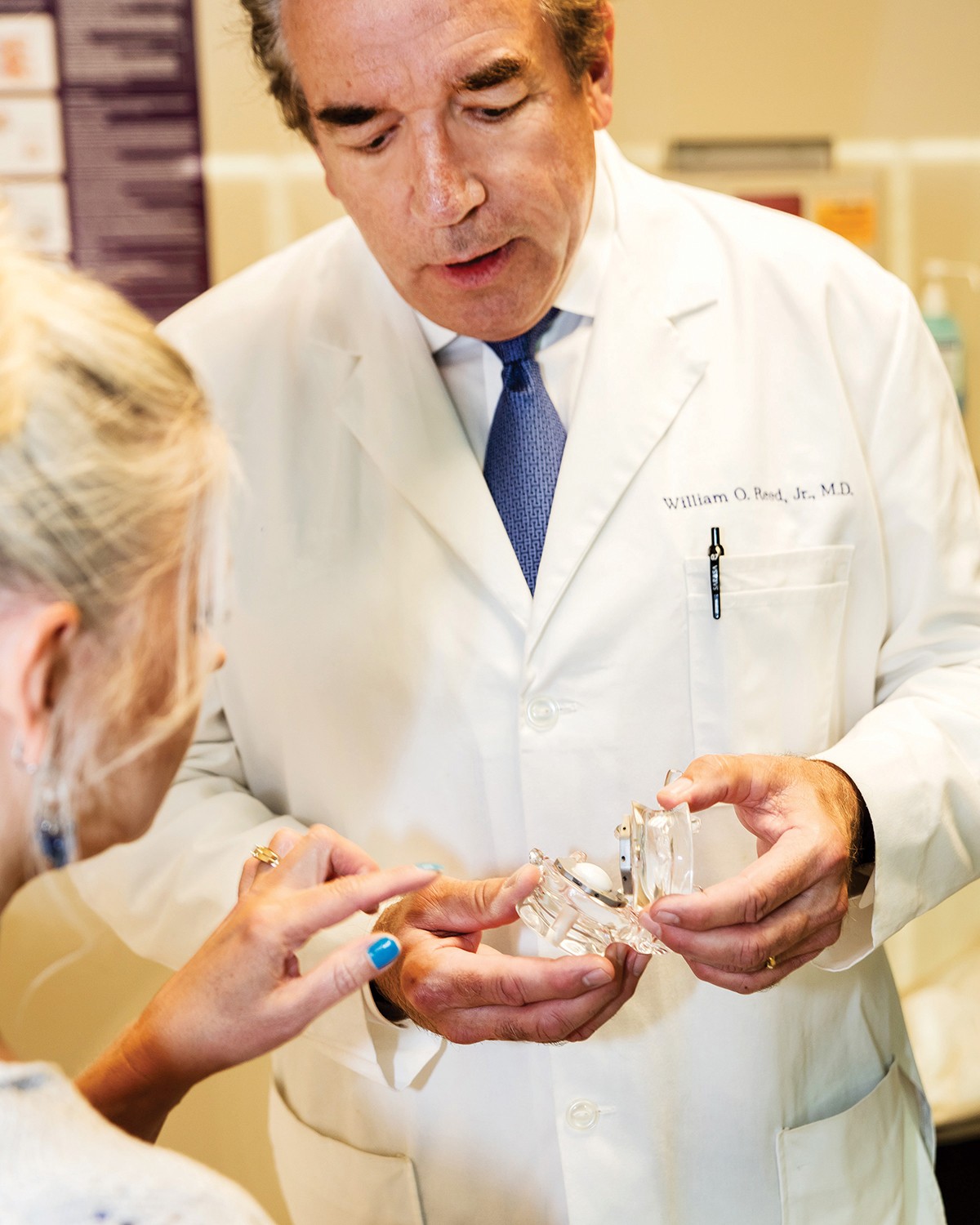 William O. Reed, Jr., M.D., is a surgeon primarily practicing minimally invasive spinal and upper extremity surgery. He has spent the last 32 years focused on achieving the best outcomes for his patients. In addition to running his own practice, Dr. Reed has traveled nationally and internationally educating surgeons in the newest techniques in Minimally Invasive and Laparoscopic Spine Surgery.
William O. Reed, Jr., M.D., is a surgeon primarily practicing minimally invasive spinal and upper extremity surgery. He has spent the last 32 years focused on achieving the best outcomes for his patients. In addition to running his own practice, Dr. Reed has traveled nationally and internationally educating surgeons in the newest techniques in Minimally Invasive and Laparoscopic Spine Surgery.
 Dr. Bradley Woodle, is a DC at Advanced Sports & Family Chiropractic & Acupuncture, with offices in Overland Park, Lee’s Summit, and coming soon, Raymore. He is nationally board certified in chiropractic, acupuncture and physiotherapy, and is a certified Chiropractic Sports Physician and Strength and Conditioning Specialist.
Dr. Bradley Woodle, is a DC at Advanced Sports & Family Chiropractic & Acupuncture, with offices in Overland Park, Lee’s Summit, and coming soon, Raymore. He is nationally board certified in chiropractic, acupuncture and physiotherapy, and is a certified Chiropractic Sports Physician and Strength and Conditioning Specialist.
Sources: The National Scoliosis Foundation, the Journal of the American Chiropractic Association and Spine-Health.com.
